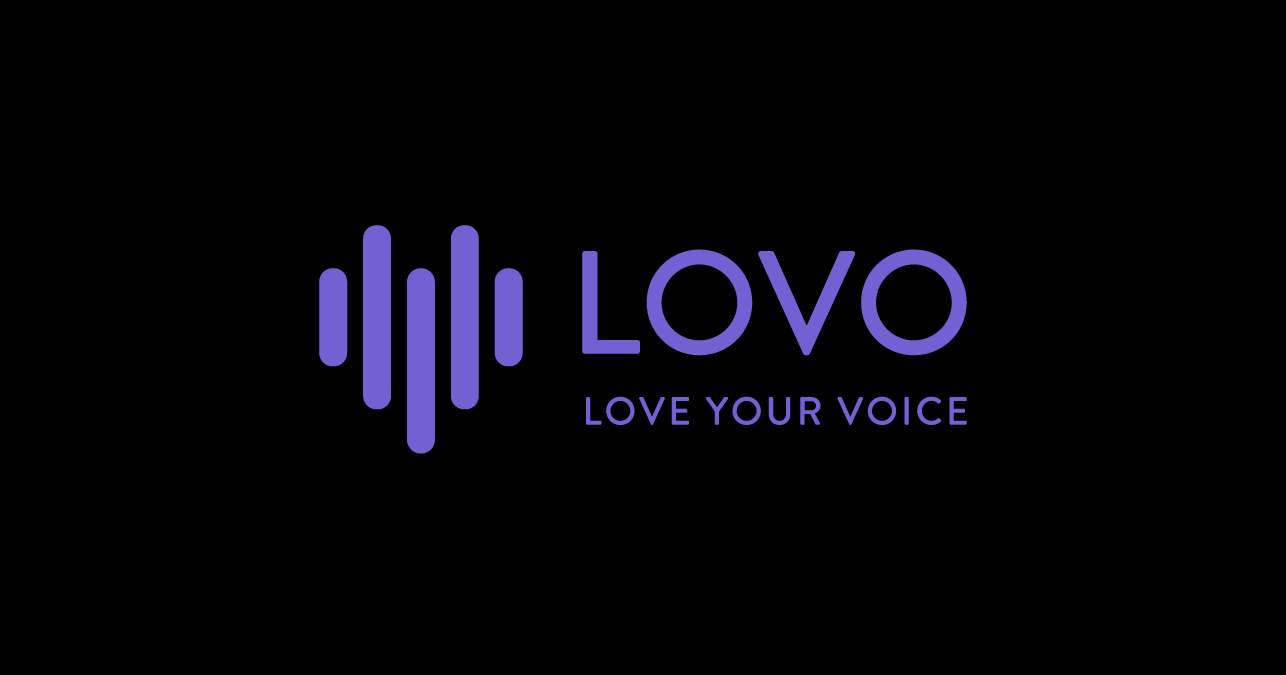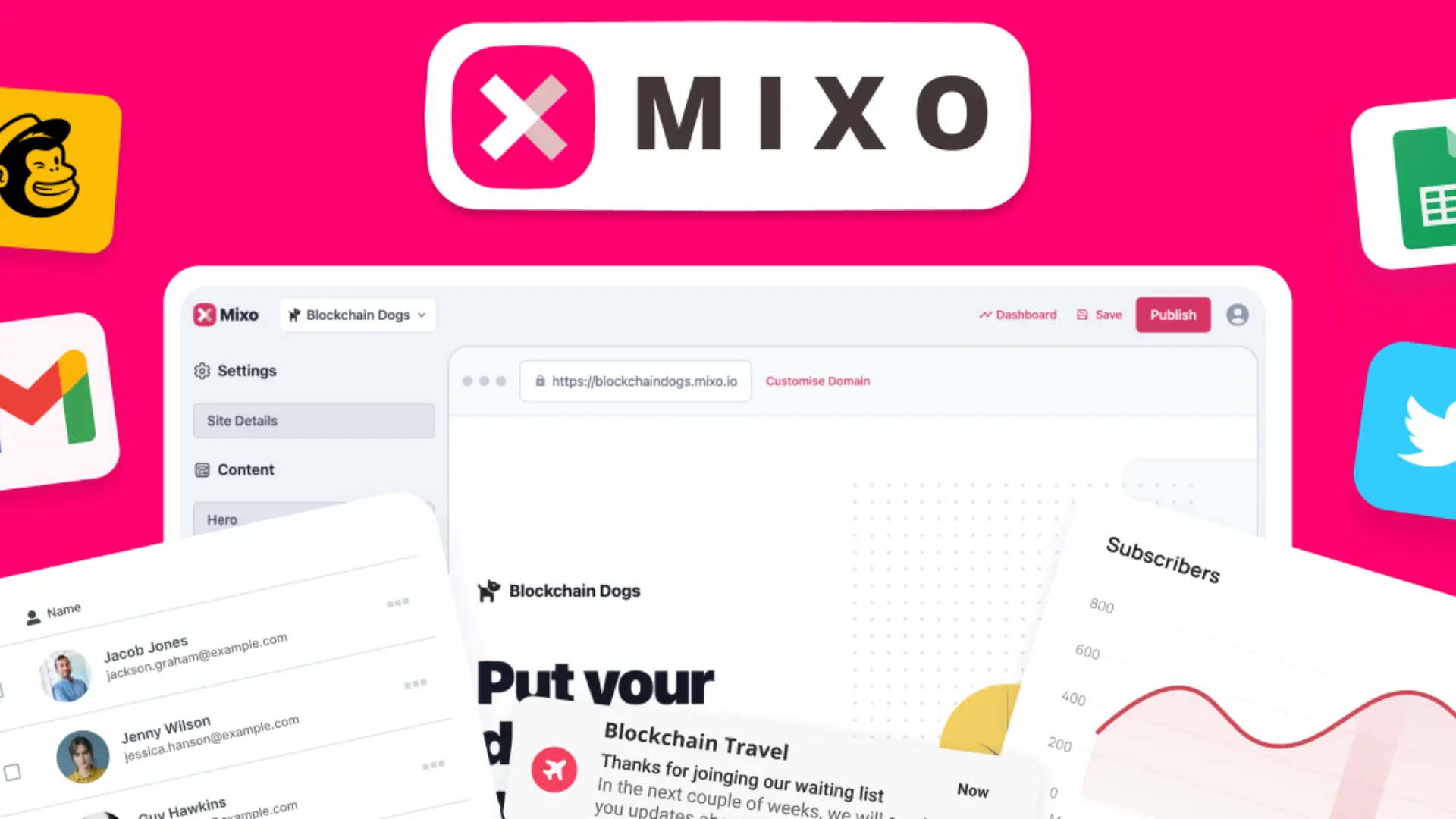There are a few factors that can affect how you price your social media services. Some of the main ones to consider include the size and scope of the project, the level of expertise and experience you bring to the table, and the level of customization and support you are able to offer.
In general, it's a good idea to do some research and see what other social media professionals in your area are charging for similar services. This can give you a sense of what the market will bear and help you come up with a competitive price.
You should also consider the value that your services will provide to your clients. If you are able to help them achieve their goals and grow their business, then you may be able to justify charging a higher price.
Ultimately, the best way to price your social media services is to offer a fair price that reflects your level of expertise and the value you provide to your clients. This will help you attract the right clients and build a successful business.
Social Media services pricing can seem tricky and full of nuances. Here are some tips we recommend for pricing your services social media services the fair way.
Find Your Magic Number
First, figure out how much you want to make per year and how many hours you want to work per week – then calculate the number backward.
For example, if you want to make $100k a year, with five clients you need to bring in an average of $20,000 per client, or about $1,700 per month, per client. Having SMART goals will help you put your full compensation terms together for each client.
From here, there are some market guidelines on social media management pricing.
Social Media Pricing Guideline
Pricing for Social Media Management
(Curating content for weekly or daily posts)
This is what most “Social Media Managers” focus on and unfortunately it’s not a very high-paying gig because there isn’t much direct ROI associated with curating content for daily or weekly posts. Let’s face it, posting on Social Media for “Likes”, “Comments” and “Shares” doesn’t correlate directly to making the cash register ring.
BUT… It does create engagement and it’s important if you (or your clients) want to build a real tribe around your brand. You want people to feel like they “know you” even though they’ve never met you, and you can do it through daily posts.
The master of this strategy was Guy Kawasaki. Back in 2009/2010, he was known for sharing a lot of content from other people… I mean A LOT. He was posting links to other people’s content multiple times per hour (just look at his tweet count @GuyKawasaki!). Later, Guy even created a site called AllTop.com that focused on curating and organizing other people’s content (btw, a great resource for you to find content for your clients). Guy quickly raised to the top of the Social Media Influencers list (with over a million followers) and continues to stay there today while also creating a lot more of his content.
The challenge with this strategy is that it is very difficult (if not possible at all) to track daily postings to ROI. So businesses aren’t willing to pay much for this service. And if they do, the churn on a renewal is low.
There are also many services out there that use algorithms to find content for you, for FREE (eg, Quuu, Hootsuite, Buffer, and many more social media management tools have this built-in). And that’s not to mention you are competing with a plethora of services that charge $99 to $299 per month.
So curating content ISN’T a place we recommend you play unless you combine Content Curation with other services which we’ll talk about below.
Pricing for Content Creation Service
(Creating original content)
Alright so now we’ve moved from “sharing other people’s content” to “creating your content” (or content for your client).
Content Creation is the most important strategy that businesses must implement if they want a real Social Media Strategy. Note: There are other ways to use Social Media that in our opinion aren’t being “social” (such as a focus on Funnels and Ads which we’ll get into next).
The goal of Content Creation is to document your company knowledge (or the knowledge of the company that hired you). You can do this through an assortment of media types.
- Written (Blogs & Guest Posts / Contributions)
- Images (Pictures/Graphics)
- Audio (Podcasts)
- Video (YouTube, Facebook, etc)
- Live Video (Facebook, Instagram, YouTube, Webinars, etc)
- Live Event (In-Person Meetups, Guest Speaking Opportunities, etc)
The challenge with creating this type of content is that you NEED your client's involvement. You need them to tell you what they know, what their customers want to know, and in a sense how to communicate it in their industries language.
💡 Also see: Content Creation Tools For Social Media
Most clients prefer the hands-off approach to Social Media marketing which can be a challenge to create real meaningful content that will ignite a tribe online. So our recommendation is to batch the process. Schedule a full (or half-day) interview/question period with your client to pull content ideas. Continue to execute on those ideas until you’ve run out of content ideas. Then, repeat.
So how do you charge for social media services like this?
Well, there are several writers and writing agencies out there that will create written content for you (you supply the topic/info and they’ll write it for you). They typically charge anywhere from $50 to $150 per article. Then, some graphic designers will create well-branded images with quotes for anywhere from $5 – $10 or so (you supply the copy/image descriptions).
In our experience, most freelancers who have been doing this for a while and managed to keep clients for an extended amount of time are charging between $2000 to $3000 OR MORE. We’ve heard up to $7,000 per month which often doesn’t include the cost to hire writers, graphic designers, videographers, etc.
Once you’ve created a good amount of content we recommend using a tool like SocialBee to create an evergreen cycle of content on your client's social media accounts. This way, there’s always content being published on their social accounts, even if it’s only a few times per week.
Pricing for Facebook Ads Management
(Building sales funnels, writing and publishing ads)
This is honestly the best and most profitable social media services model. This is what we call being a Social Media Director because you are directing all other aspects of their social media marketing to drive SALES. If you’re helping clients make money, and you can track it, you’ll be paid a lot more to do it.
So here we go… here’s the best way to make six figures as a Social Media Director.
If you’re going to run Facebook Ads for your clients, they’re going to need a sales funnel. We recommend you charge no less than $2,500 to build out a sales funnel. Setting up a funnel includes building out all the pages with easy-to-use usability, mobile optimization, integrating with their email auto-responder (possibly programming the follow-up emails too), consultation on copywriting and graphics, and adding Facebook and Google Analytics pixels to all pages in their funnel.
If you’re new to Sales Funnels, check out this video to expand your knowledge.
$2500 is a very reasonable rate for this service, as it will take you a significant amount of time to set up a custom funnel. With more experience and proof of your funnel’s ROI, you have room to increase this rate big time.
Managing Facebook Ads campaigns effectively takes time and expertise, so charge a minimum of $1,000 per month. Facebook campaign management includes researching target audiences, creating multiple ad variations per audience, tracking, scheduling, and reporting.
That takes care of how to price your services as a Social Media Director that charges a flat fee. But wait, there’s more…
Pricing for Commission Based Work
When you build a sales funnel for a client, you are building them a tool that is a virtual employee, selling for them 24/7.
A sales funnel takes tweaking and optimizing so that it performs better and better over time. So you also want to negotiate to get a commission on all sales from the funnels you build.
While some sales may come from other sources besides Facebook Ads, the precedent must be set that you and your client are a team. You want to be working together on collecting data and driving sales, rather than competing against each other for traffic. A commission of 5 – 10% (or more) on all sales through your sales funnel (or sales from ads-only) is appropriate.
If your client can’t be convinced of these commission terms consider charging a higher price to build the funnel and run the ads. Commission percentage is negotiable and must strike a balance where both you and your client feel you’re getting a good value.
How to Present Your Pricing
There are two ways you can present your social media marketing pricing: bundle the cost of the setup with the cost of ads management or break them down separately. Ensure that you are establishing a fixed-term contract of 3 to 12 months — not a month-to-month agreement. Your client needs to be in it for the long run with you and not expect enormous results in the first 30 days – especially if it’s a new campaign they’ve never run Facebook Ads for before.
Contracts & Agreements
There are a few key elements that should be included in your social media services agreement with your clients.
These details should include:
- Project Scope & Timeline: The specific services that you will provide, the length of the agreement, and any milestones or deliverables that you will be responsible for.
- Payment: How you will be paid, the total cost of the project, any deposit or down payment that is required, and the schedule for making payments. (You may also want to include information about any additional fees or charges that may be applicable, such as for additional services or for any changes to the scope of the project).
- Confidentiality: How you will handle confidential or proprietary information, as well as any limitations on your liability or responsibility.
- Termination: How the agreement can be terminated and what the consequences will be if either party breaches the contract. You can offer an option to cancel the agreement with the payout of a lump sum or a percentage of the remaining fees owed. This is just in case they should ever want to cancel the agreement, they have an out.
Overall, your social media services agreement should be clear, concise, and comprehensive, and it should provide a clear understanding of the terms and conditions of your services. This will help ensure that you and your client are on the same page and that both parties are protected.
Offering a Guarantee
To increase your client’s confidence in your ability, you may choose to offer a Facebook Advertising guarantee. The offer would include a contingency that if you don’t get the results, you don’t get paid. Only offer this if you’re confident in your ability to deliver results!
Here’s an example of a guarantee you could offer:
“ROLLING 30 DAY GUARANTEE: If I’m not bringing you results, you shouldn’t pay me. That’s why I offer a Rolling 30 Day Guarantee. At the end of each month, you can decide if my work is making you profits. If I’m not bringing you the results you want you can choose to cancel our agreement and I’ll refund your last month's instalment to your Facebook Advertising management.”
Conclusion
Knowing how to price your services as a social media freelancer is a large part of the sales process. Be bold. Remember that good online marketing ain’t cheap. However, if you find you’re striking out, you may be setting your social media marketing pricing too high, too low, or not effectively translating the value in your offer.
Check out social media professionals’ Facebook Groups for input on what others are charging.
Did you find this helpful? What’s your experience with figuring out how to price your services as a social media freelancer? Any tips?
For more information, check out the following guides:
- How To Start An Instagram Account For Your Business
- How to Get 1000’s Of Social Backlinks On Twitter
- Easiest Way to Get Twitter Followers (For Free) is with Twitter Lists
- SEO Tools: The Best Paid Tools of 2022 to Get Ranked On Google
- How To Make Money With Social Media Marketing
Expand your knowledge with our courses:
Matt Astifan
A digital marketing enthusiast who is passionate about publishing, startups and the creator economy. Matt is the CEO of Web Friendly and helps write, recruit and improve content across the website.
follow me :








Related Posts
Understand Social Media Automation from A to Z
Sep 27, 2023
Beyond Words: Visual Storytelling Examples to Boost Your Digital Marketing
Sep 20, 2023
How To Become A YouTuber In 2023
Jun 05, 2023